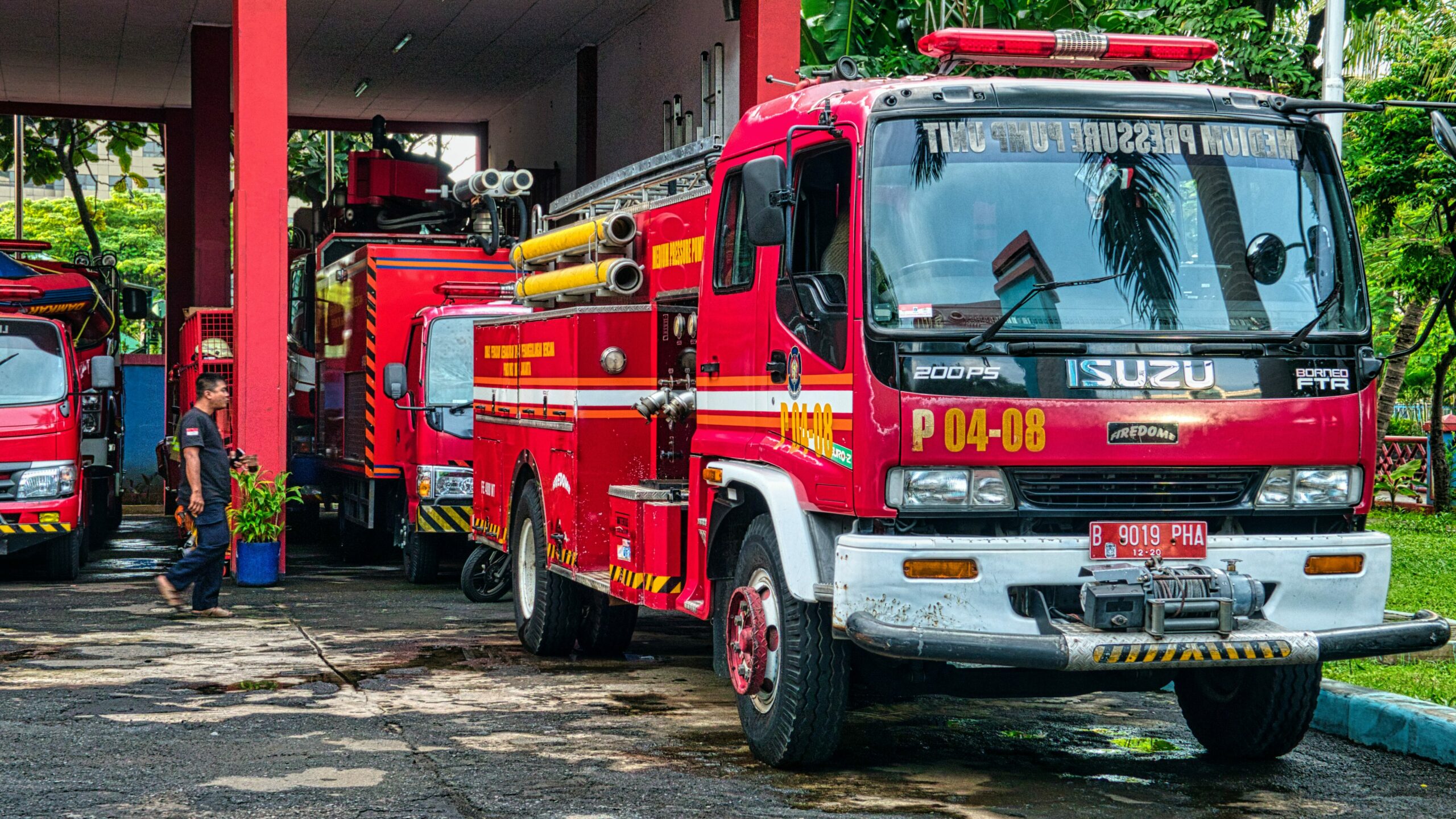The color of a fire truck typically does not have any specific meaning in terms of its operational function or firefighting capabilities. Fire trucks, also known as fire apparatus or fire engines, are primarily designed and painted in bright colors for visibility and safety purposes, rather than carrying any inherent symbolism or significance. However, there are some historical and regional variations in fire truck colors that can provide insights into their origins and local practices.

Fire Truck Colors: Historical and Regional Variations In the United States, fire trucks are typically painted in a bright red color, which has become synonymous with firefighting. The tradition of using red as the primary color for fire trucks can be traced back to the early 20th century when many fire departments began painting their vehicles red as a way to make them more visible and easily recognizable on the streets. Red was chosen for its high contrast against the background of buildings and other vehicles, making it easier for people to spot a fire truck during an emergency response.
The use of red color for fire trucks also had practical reasons. Back in the early days of firefighting, many fire trucks were hand-pulled or horse-drawn, and the color red was used to distinguish them from other types of vehicles on the road. Red was also associated with strength and power, symbolizing the courageous and heroic work of firefighters who put their lives on the line to protect their communities.
However, it’s important to note that the color of fire trucks can vary regionally or based on local department preferences. For example, in some parts of the United States, fire trucks may be painted in colors other than red, such as yellow, green, or even white. These variations can be influenced by local traditions, departmental policies, or individual preferences of fire chiefs or departments.
In other countries, fire trucks may also be painted in different colors. For instance, in some European countries, fire trucks are commonly painted in yellow or orange colors, which are believed to be more visible and attention-grabbing on the roads. In Japan, fire trucks are often painted white, which is considered a symbol of purity and cleanliness.
While the color of a fire truck does not inherently impact its firefighting capabilities or performance, it can have practical implications for visibility, safety, and recognition during emergency responses. The use of bright, contrasting colors on fire trucks is intended to make them easily identifiable, especially in situations where time is critical and quick recognition of emergency vehicles can save lives.
Other Considerations for Fire Truck Colors In addition to visibility and safety considerations, there may be other factors that can influence the color of fire trucks in certain situations or contexts. These can include:
- Departmental branding: Some fire departments may choose to paint their fire trucks in specific colors as part of their branding efforts. This can help create a consistent and recognizable image for the department and promote their identity in the community.
- Local regulations: In some areas, there may be local regulations or guidelines that dictate the color of fire trucks. These regulations may be based on safety standards, historical practices, or local traditions.
- Specialized purposes: Fire trucks used for specialized purposes, such as hazardous materials response, technical rescue, or airport firefighting, may be painted in specific colors to indicate their specialized capabilities or functions.
- Aesthetics: In some cases, the color of a fire truck may simply be a matter of aesthetics or personal preference of the department or fire chief. However, it’s important to note that aesthetics should not compromise the visibility, safety, or recognition of the fire truck during emergency responses.
In conclusion, while the color of a fire truck does not have any standardized meaning in terms of its operational function or firefighting capabilities, it can have practical implications for visibility, safety, and recognition during emergency responses.